Window Wells
What is a window well?
A window well is a U-shaped , ribbed metal or plastic product available in hardware stores which is designed to fit around basement windows. Window wells can be any depth, depending on the basement’s window, and they can also come in a more circular or rectangular shape depending on the sizing.
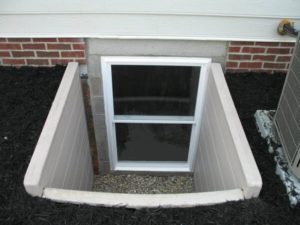
Why homeowners need window wells?
If your home has a basement adding a window well is a solution to install a window that would otherwise be beneath the surface. They also allow natural sunlight into a basement, making it a pleasant space and is usually a legal requirement due to safety concerns.
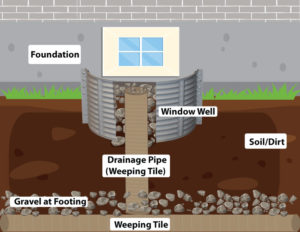
It is necessary for an underground room to have an escape route in hazardous situations and a window with a window well is an emergency exit for those circumstances.
It’s less cost and more efficient to employee a certified and insured technician to install all of your window well needs, including covers, rather than making it a legality issue.
Advantages vs Disadvantages of Window Wells
Advantage-
- It is the law
- Safety
- Natural Light
- Structural Security
- Ventilation
Disadvantages-
- Hard to clean
- Poor installation which can cause flooding.
Installing window wells in your basement is more beneficial than not especially when hiring a professional to aid in the process. ACCL Waterproofing delivers free estimates and quotes for all waterproofing work including the installation of window wells. Hire a professional to prevent any hazardous mishaps or possible flooding’s in your future.
Weeping Tiles
What are Weeping Tiles?
Weeping tiles are 4-inch pipes used to discharge water from underground and redirect water away from the client’s home.
How do they work?
How weeping tiles work is that the pipes are placed with holes side up into a trench around the exterior perimeter of the home or in the interior under the basement floor. As water begins to rise it will insert itself within the holes and flow out of the pipes away from the client’s home. This can either be through a sump pump or to a drainage system away from the residence.
What type of weeping tiles are there?
There are two categories of weeping tiles: Exterior and Interior tiles. Exterior weeping tiles manage water at ground level before it can seep into the basement. It consists of a dug out trench, gravel, and a pipe. Water than soaks into the ground, through the gravel, and through the holes in the pipe to be swept away from the home. Interior weeping tiles is usually solely used when the exterior method has proven non-successful. This system is installed in the basement where water is directed to a sump pump. A deep trench is cut around the perimeter of the basement where a pipe is filled inside, filled with gravel, and covered with concrete to seal.
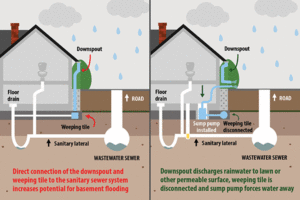
How do you tell if your weeping tile is clogged?
Weeping tiles can become clogged by roots or soil causing the water not being able to drain away and begins to press against the house’s foundation. This added pressure is the cause of various cracks and leaks within the foundation of the home.
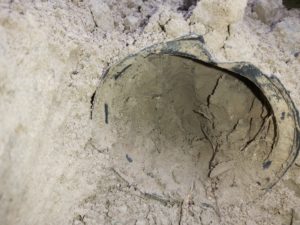
How do you unclog a weeping tile?
The most simple way to unclog a weeping tile is merely getting it replaced. Trying to physically unclog it yourself will result in more damage to the drain and could take a serious amount of time. It is also usually cheaper to simply replace the tile, especially if you’re under warranty by a waterproofing professional. All exterior waterproofing work is quoted under a 30 year warranty through ACCL, so a clogged weeping tile can be easily managed by professional help.
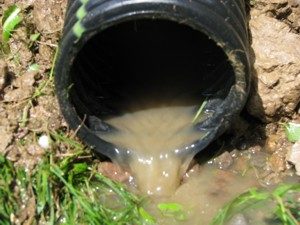
Sump Pumps
What is a Sump Pump?
A sump pump is a method that reduces the risk of water damage in your home. It halts leakage in the underground part as it is installed in most cases the basement of the home. Sump Pump are usually 2 feet deep and 18 in diameter. When water reaches a certain level the switch within in the pump activates, preventing expelled water from flowing into the pit.
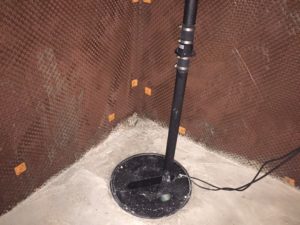

Types of Sump Pumps
Sump Pumps are either a primary method or a backup and most homes should have one of each. Primary sump pumps do most of the work while the backup is only there incase of a failure or if it cannot keep up to the water flow. There are two main sump pumps: submersible and pedestal. Either type can be the primary or backup. Submersible pumps are bulkier and sit right into the sump pump, functioning under water. Since being inside of the pit they are quieter than pedestal pumps but are more expensive. Also, they are harder to reach for maintenance.
Pedestal pumps are long and sit upright with the motor on top causing them to be nosier than the previous pump. They’re less expensive and easier to access for repairs, however, some experts consider them less reliable compared to submersible pumps.

Types of backup Sump Pumps
A common type of backup pump is a battery operated backup which does not replace the primary sump pump. Instead, they only begin working if the primary halts due to a power outage or any other reason. They’re usually connected to a large battery, such as a car or marine battery.
Water powered backups aren’t connected to an electrical current as they’re powered by water pressure. They have unlimited runtime but they need a strong flow of water like the high-pressure flow of a city’s water system. Also, they’re more difficult to install compared to their counterpart.
Finally, the duration of most sump pumps last for approximately 10 years, however, it’s all due to the upkeep and cleanliness of the pump which relates to it’s life expectancy.
Different types of waterproofing
What is waterproofing?
Waterproofing is treating a surface to protect it from the damages water could bring, be it a leak or cracks in the foundation. The process helps make sure certain objects are protected against flooding and become water-resistant to leaks.
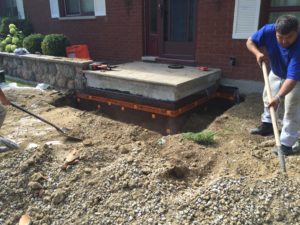
What are the different types of waterproofing?
Cementitious Waterproofing
The easiest method of waterproofing as the materials are not difficult to locate. they are also easy to mix and apply making this type of waterproofing popular for interior sections that are used to being touched with water. Bathrooms and kitchens are the main source of this easier method.
Liquid Waterproofing Membrane
Liquid Membrane involves applying a thin coat of primer and a top coat above. This can be accomplished with a roller, spray, or a trowel. This method offers also more flexibility compared to the above more rigid method.
Bituminous Coating Waterproofing
Also known as asphalt coating, the bituminous coating method is ideal for concrete foundations as it is an excellent waterproofing and protective coating agent.
Extensive exposure to sunlight makes it brittle if it is not treated with flexible materials such as polyurethane.
Bituminous Membrane Waterproofing
This method is popularly used for low-sloped roofs because of its tried-and-tested track record. There are two types of this particular method: the torch-on-membrane and the self-adhesive-membrane.
These membranes have a thickness of 2mm to 4mm of waterproof materials and have an elongation of 150% to seal any and all cracks.
Polyurethane Liquid Membrane Waterproofing
This is the most expensive option. This type of waterproofing is used for decks of roofs that are left exposed to the seasons. Because of this exposure, this material is a higher quality membrane.
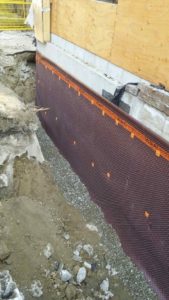
Whatever the waterproofing method you choose, you will not regret making the decision to protect your investment from the damages that water and moisture can bring.
